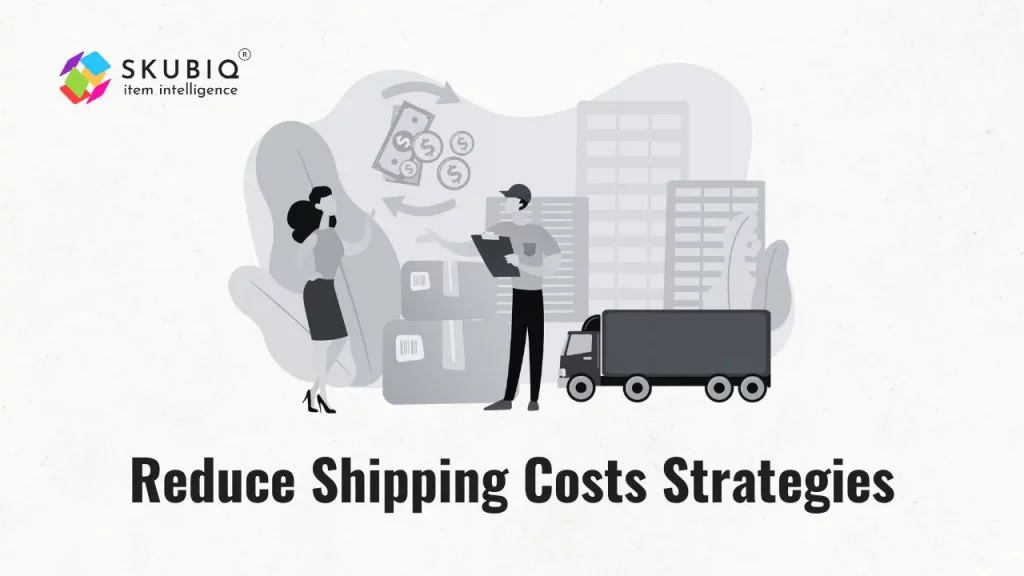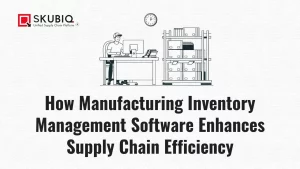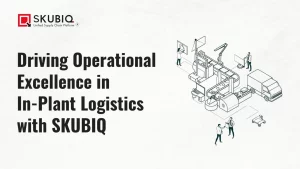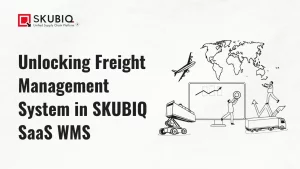In today’s competitive market, shipping costs can significantly impact a business’s bottom line. Whether you’re a small e-commerce store or a large corporation, finding ways to reduce shipping costs can lead to substantial savings and increased profitability. This article explores various strategies and tips to help businesses effectively manage and minimize their shipping expenses.
1. Optimize Packing Materials
Efficient packing material usage is crucial for reducing shipping costs. Utilize lightweight but sturdy packaging materials that provide adequate protection for products while minimizing excess weight. Consider investing in packaging solutions that are specifically designed to optimize space utilization and reduce dimensional weight charges.
Choose the Right Packaging Size
Selecting the appropriate packaging size for each item can help minimize wasted space and reduce dimensional weight charges. Customizable packaging solutions allow businesses to tailor packaging dimensions to fit products snugly, minimizing the need for excessive void fill materials.
Invest in Eco-Friendly Packaging
Explore eco-friendly packaging options, such as recycled materials or biodegradable alternatives, which not only reduce shipping costs but also contribute to sustainability efforts. Lightweight and sustainable packaging materials can lower transportation expenses and appeal to environmentally conscious consumers.
2. Explore Third-Party Logistics (3PL) Companies
Outsourcing shipping and fulfillment services to reputable third-party logistics companies (3PL) can help businesses streamline their shipping processes and reduce costs. 3PL providers often have established relationships with carriers, allowing them to negotiate better rates and access discounted shipping rates.
Consolidate Shipments and Distribution
Partnering with a 3PL provider enables businesses to consolidate shipments and utilize centralized distribution centers for more efficient order fulfillment. By optimizing routes and leveraging economies of scale, businesses can achieve cost savings through reduced shipping distances and bulk shipping discounts.
Benefit from Expertise and Technology
Tap into the expertise and advanced technology offered by 3PL providers to optimize shipping operations and minimize costs. From route optimization algorithms to real-time tracking systems, 3PL companies offer tools and resources that help businesses streamline shipping processes and improve overall efficiency.
3. Utilize Shipping Calculators
Take advantage of online shipping calculators offered by carriers to compare rates and choose the most cost-effective shipping options for each shipment. These tools allow businesses to input package dimensions, weight, and destination to generate accurate shipping cost estimates, helping them make informed decisions to minimize expenses.
Consider Zone-based Pricing
Understand zone-based pricing structures offered by carriers, which determine shipping costs based on the distance between origin and destination zones. By optimizing shipping routes and selecting carriers with competitive zone-based pricing, businesses can reduce expenses associated with long-distance shipments.
Evaluate Expedited vs. Standard Shipping
Evaluate the trade-offs between expedited and standard shipping services to determine the most cost-effective option for different shipment types. While expedited shipping offers faster delivery times, it often comes with higher shipping costs. Assess customer expectations and prioritize cost-efficient shipping methods whenever possible.
4. Consider Flat Rate Shipping
Flat rate shipping options provided by carriers can be a cost-effective solution for businesses shipping small, heavy items or products that fit within standardized packaging sizes. Flat rate shipping services offer predictable pricing regardless of weight or distance, making them ideal for budget-conscious businesses.
Maximize Flat Rate Box Usage
Maximize the utilization of flat rate boxes by optimizing packaging to fit as many items as possible within the weight and size constraints. By carefully packing products to maximize space utilization, businesses can minimize the number of packages required and take advantage of flat rate pricing for significant cost savings.
Evaluate Eligibility and Restrictions
Understand the eligibility criteria and restrictions associated with flat rate shipping options offered by carriers. Some items may not qualify for flat rate pricing or may require additional packaging considerations. Evaluate product characteristics and shipping requirements to determine the suitability of flat rate shipping for different items.
5. Consolidate Shipments to Warehouse Distribution Centers
Consolidating multiple shipments into fewer deliveries to warehouse distribution centers can help businesses save on shipping costs. By centralizing inventory and fulfilling orders from strategically located distribution centers, businesses can minimize shipping distances and take advantage of bulk shipping discounts.
Optimize Inventory Management
Implement efficient inventory management practices to minimize stockouts and reduce the need for expedited shipments. By maintaining optimal inventory levels and strategically positioning stock across distribution centers, businesses can reduce shipping costs associated with rush orders and emergency shipments.
Utilize Cross-Docking Techniques
Explore cross-docking strategies to streamline shipping processes and minimize storage costs associated with warehouse distribution centers. Cross-docking involves transferring goods directly from inbound to outbound shipments without storing them in inventory, reducing handling time and shipping expenses.
6. Negotiate Discounts with Carriers
Establishing a strong relationship with carriers and negotiating volume discounts can lead to significant savings on shipping expenses. Businesses that consistently ship large volumes of products can leverage their shipping volume to negotiate lower rates or access special pricing agreements with carriers.
Leverage Shipping Volume
Quantify shipping volume and demonstrate potential for future growth to negotiate favorable terms with carriers. Consolidate shipments, explore multi-year contracts, and demonstrate loyalty to carriers to strengthen negotiation leverage and secure competitive shipping rates.
Explore Customized Shipping Solutions
Collaborate with carriers to develop customized shipping solutions tailored to the unique needs of your business. Explore alternative delivery options, such as freight consolidation or weekend delivery services, to optimize shipping processes and achieve cost savings without compromising service quality.
7. Opt for EMS International Shipping Rates
When shipping products internationally, explore options such as EMS (Express Mail Service) to access competitive international shipping rates. EMS offers fast and reliable delivery services with transparent pricing, making it an attractive choice for businesses looking to minimize shipping costs while ensuring timely delivery to customers worldwide.
Assess Delivery Speed and Cost
Evaluate the balance between delivery speed and shipping costs when selecting international shipping services. While EMS offers expedited delivery options, businesses should consider the impact of higher shipping expenses on overall profitability and customer satisfaction.
Utilize International Shipping Tools
Utilize international shipping tools and resources provided by carriers to streamline customs clearance processes and ensure compliance with international shipping regulations. By leveraging technology and expertise, businesses can minimize delays and unexpected fees associated with international shipments, optimizing overall shipping efficiency.
In conclusion, reducing shipping costs requires a proactive approach and a combination of strategies tailored to the specific needs of each business. By optimizing packing materials, leveraging third-party logistics providers, utilizing shipping calculators, considering flat rate shipping options, consolidating shipments, negotiating discounts with carriers, and exploring EMS international shipping rates, businesses can achieve significant savings and enhance their competitiveness in the market.
Frequently Asked Questions (FAQs)
Optimizing packing materials involves using lightweight yet sturdy packaging that provides sufficient protection for products while minimizing excess weight. This reduces dimensional weight charges and overall shipping expenses.
3PL providers often have established relationships with carriers, allowing them to negotiate better rates and access discounted shipping rates. Outsourcing shipping and fulfillment services to 3PL companies can streamline processes and lead to cost savings.
Businesses should evaluate customer expectations, shipment urgency, and cost considerations when selecting between expedited and standard shipping. While expedited shipping offers faster delivery, it often comes with higher shipping costs compared to standard options.
Consolidating shipments to warehouse distribution centers helps minimize shipping distances and take advantage of bulk shipping discounts. Centralizing inventory and fulfilling orders from strategically located centers can lead to significant cost savings.
Businesses can leverage their shipping volume, demonstrate potential for future growth, and explore multi-year contracts to negotiate favorable terms with carriers. Additionally, collaborating with carriers to develop customized shipping solutions tailored to business needs can lead to cost savings.



